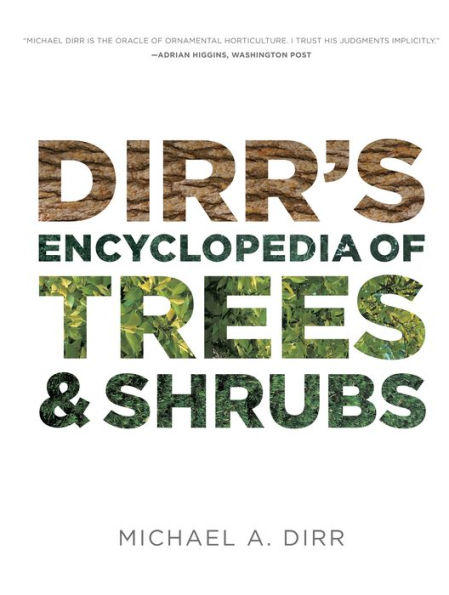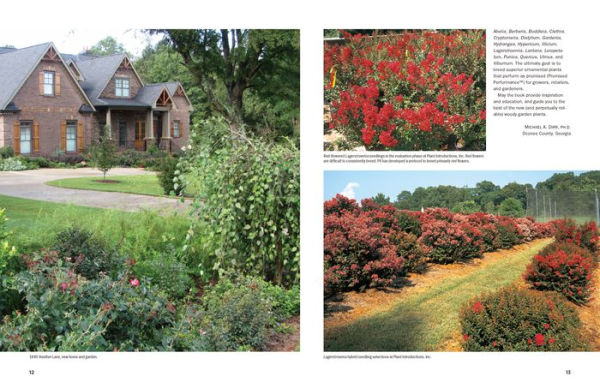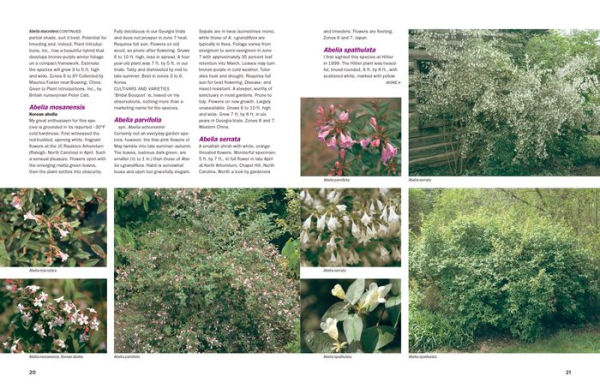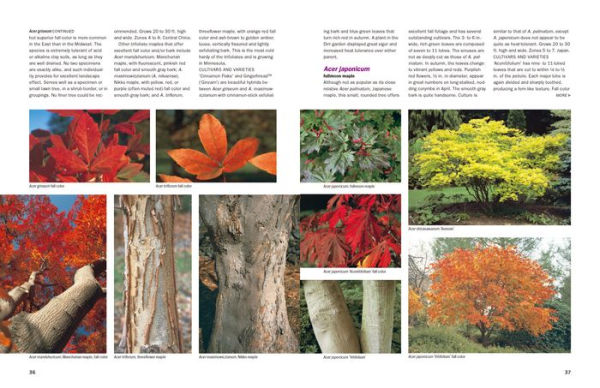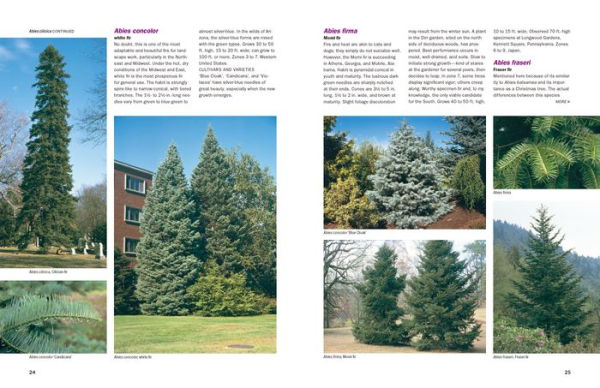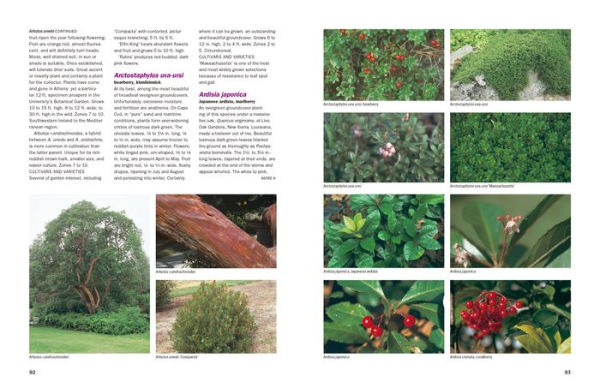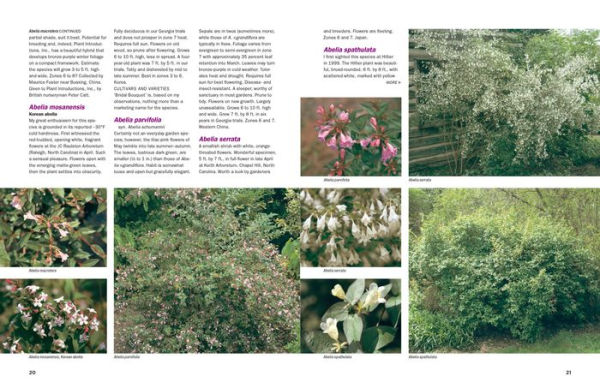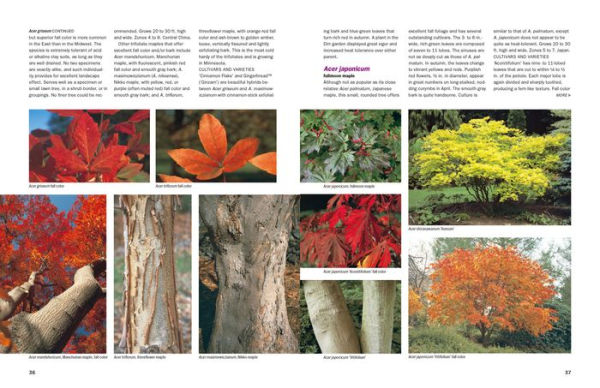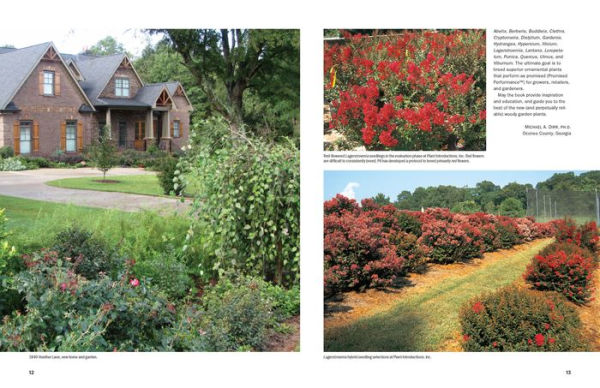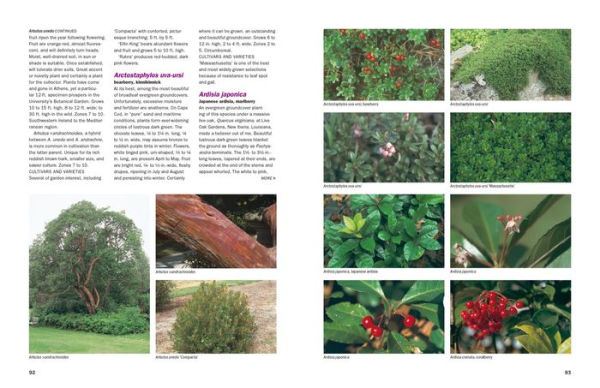Read an Excerpt
Introduction Timber Press and I have developed a symbiotic relationship in our quest/journey to produce worthy books that gardeners would embrace and enjoy. Dirr’s Hardy Trees and Shrubs (1997), Dirr’s Trees and Shrubs for Warm Climates (2002), Hydrangeas for American Gardens (2004), and Viburnums (2006) have found niches in the garden and nursery circles. This encyclopedia builds on the foundations of the Hardy and Warm Climate books, with more than 3,500 photographs of species and cultivars in 380 genera, with an emphasis on the best new introductions of the past ten to 15 years. The garden and nursery worlds have changed dramatically in that time. Independent garden centers have waned, while Home Depot, Lowe’s, Wal-Mart, and other mega-chains command greater percentages of green good sales. Be advised that the mass merchandisers are actively pursuing new plants to entice customers. Reflecting these advances are the increases in plant patents, which allow the owner to control the licensing of the product. In 1996 (66 years after the Plant Patent Act was instituted), approximately 10,000 plant patents were granted; in 2010, the number was over 21,000. This increase reflects the desire of breeders and introducers to protect their intellectual property. Also, many plants are not patented, but introduced for the greater good. The new plant tsunami literally swamps horticulturists’ and gardeners’ will and ability to stay current. The rush to market is based on competition among breeders and introducers who have similar plants. The financial advantage is often weighted toward the first mover. Testing and trialing for many woody plants are minimal, and marketing supersedes the reality of performance. In this tome, I provide the best assessment possible based on testing data, research reports, performance in nurseries and gardens, and evaluations at our breeding company in Watkinsville, Georgia, Plant Introductions, Inc. (www.plantintroductions.com). Take variegated leaf cultivars of Abelia ×grandiflora, now numbering about 17. Many are unstable, producing green, albino, and other shoot permutations not typical of the original cultivars. I have bred, evaluated, tested, trialed, selected, grown, and introduced abelias, and ‘Hopleys’ (‘Aghop’), rebranded Twist of Lime™, has been one of the most stable, consistently true to type. Does this mean that someone else could have a different experience? Absolutely! Cross-referencing the Hydrangea paniculata cultivar trials at the Royal Horticultural Society (www.rhs.org.uk) with my Georgia evaluations reflects dichotomies of results. For example, RHS Trials Bulletin 23 (December 2008) evaluated more than half of the more than 80 known cultivars. Best (three stars) were ‘Big Ben’ (lousy in Georgia), ‘Dolly’ (lousy in Georgia), ‘Kyushu’ (lousy in Georgia), Limelight™ (very good in Georgia), Pinky Winky™ (poor in Georgia), and so forth. The take-home lesson: biology is shades of gray, and dogmatic acceptance of anyone’s results is foolish. Use these data as guides to the superior introductions. “Show me your garden and I shall tell you what you are.” This Alfred Austin quote captures Bonnie’s and my love of garden-making. As an introduction to the Warm Climate book, I textually and photographically walked the reader through our then 23-year-old garden, and many readers commented positively about “seeing” it. Unfortunately, the home and garden in the 2002 book are no more, as we sold and moved to Chapel Hill, North Carolina, for medical reasons, to care for our youngest daughter, Suzanne. After existing in an apartment for six months (no garden), we decided to purchase a home, develop a garden, and live a normal life. The landscape (initially with bargain-basement butterflybushes, abelias, and Indian hawthorns—all eliminated) was transformed into a garden with color, fragrance, diversity, and seasonality. In part, it was also a test site for many new plants from our breeding program and those of colleagues. The neighbors noticed, commented, queried about the roses (Knock Out®), dwarf crapemyrtles (Razzle Dazzle® series), and lantanas (Chapel Hill series), and others. With delight, I watched Knock Out® move around the cul-de-sac and throughout the neighborhood. This garden was spiritually and psychologically essential to Bonnie’s, my, and Susy’s well-being. Susy, who carried the gene for cystic fibrosis, was blessed to have two double-lung transplants at UNC-CH and live a rich, full, vibrant, and meaningful life. We lost our beloved Susy to chronic rejection in January 2008. Books are written on dealing with grief, but Bonnie and I find inner peace with each other and in the garden. Bonnie stated it best—there is joy in nurturing and loving living things to their greatest genetic potential. We sold our place in Chapel Hill and returned to Athens, where in 2009 we purchased a new home on an acre and started the garden journey anew. Realizing that planting space was being rapidly consumed, we purchased the contiguous lot as well. It was choked with Chinese privet (Ligustrum sinense), kudzu (Pueraria montana var. lobata), and muscadine (Vitis rotundifolia), all quickly cleared; a specimen white oak (Quercus alba), a 50-ft.-high, four-trunked black tupelo (Nyssa sylvatica), and flowering dogwood (Cornus florida) were preserved. We are enjoying pencil farming this and the home site, dreaming about what may metamorphosize. In autumn 2010, we planted a sinuous shrub border that effectively screens the new lot from the street. Neighbors commented and asked about the identity of the plants. I mentioned that 14 different viburnums were utilized. They were mystified for, in the South, “viburnum” simply does not resonate. Hopefully, they will enjoy and learn as the border matures. Plant Introductions, Inc., continues to develop. My two partners are Jeff Beasley of Transplant Nursery in Lavonia, Georgia, and Mark Griffith, Griffith Propagation Nursery, also in Watkinsville. Together we bring a total of 80 years’ experience to the venture—breeding, evaluating, propagating, producing, and marketing new woody (and a few herbaceous) garden plants. Most new introductions are presented in this work. We started with a dream, planned and strategized, leased/purchased a dilapidated pig (yes) farm, cleaned (spit-polished), built growing and greenhouse facilities, and four years later have 40 plants in various stages of evaluation. Our breeder, Josh Kardos, Ph.D., a University of Georgia horticulture graduate, is the epicenter of the company. As you, the reader, peruse the book, please take special note of genera emphasized in PII’s breeding: Abelia, Berberis, Buddleia, Clethra, Cryptomeria, Distylium, Gardenia, Hydrangea, Hypericum, Illicium, Lagerstroemia, Lantana, Loropetalum, Punica, Quercus, Ulmus, and Viburnum. The ultimate goal is to breed superior ornamental plants that perform as promised (Promised Performance™) for growers, retailers, and gardeners. May the book provide inspiration and education, and guide you to the best of the new (and perpetually reliable) woody garden plants. Michael A. Dirr, Ph.D.














